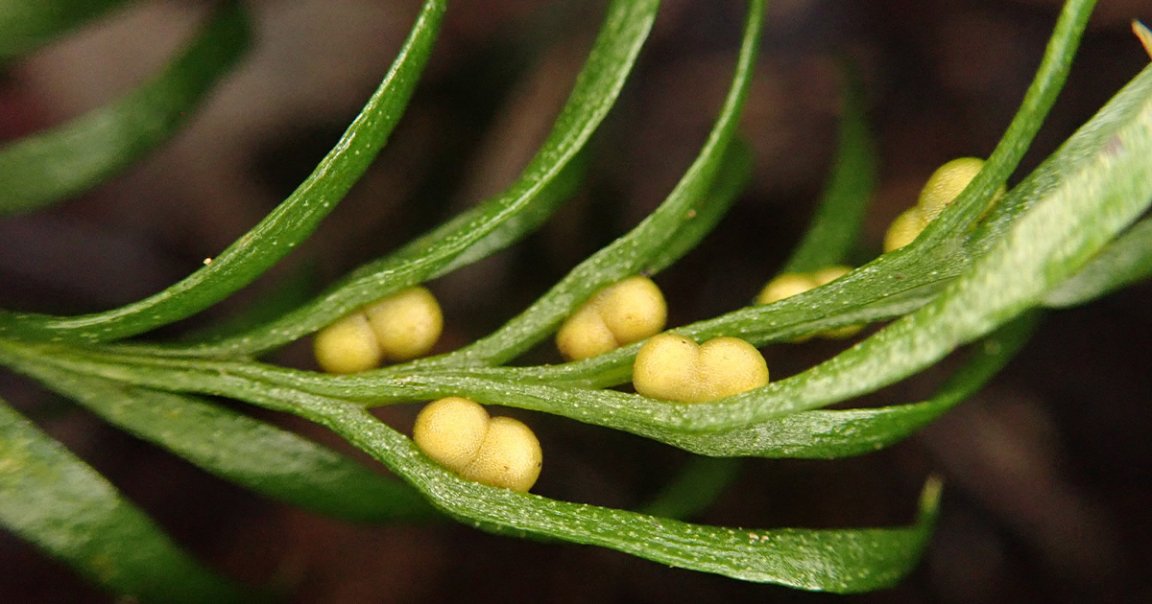
Fun Sized
Small, but mighty! Scientists just discovered the largest genome ever sequenced — in an itty-bitty Pacific fern.
Per the New York Times, the newly-sequenced fern was tracked down by an international team of scientists in the wilds of Grande Terre, a volcanic archipelago in New Caledonia.
“It doesn’t catch the eye,” botanist Jaume Pellicer, who was on the team that sequenced the genome, told the NYT. “You would probably step on it and not even realize it.”
But when the researchers took the fern called T. oblanceolata back to the lab, they were shocked to find that the unassuming fern’s genome was packed with about 160 billion base pairs of DNA. That’s over 50 times the size of the human genome, and as the researchers detailed in a new study, the biggest genome currently known to science.
This “record-breaking genome challenges current understanding,” reads the study, published today in the journal iScience, “and opens new avenues to explore the evolutionary dynamics of genomic gigantism.”
Ludicrously Capacious
As Nature notes, the new record-breaker holds about 11 billion more DNA pairs than the next-closest known plant genome, and 30 billion more than the largest known animal genome. (The former genome belongs to the Japanese flowering plant Paris japonica, and the latter to the delightfully shaped marbled lungfish.)
Even more strikingly, according to CBS, the New Caledonian fern’s genome is so long that if one of the fern’s cells were rolled out, it would be taller than the Statue of Liberty.
Why T. oblanceolata’s genome is so gargantuan is still unknown. Scientists do believe there’s a point where managing that much genetic information becomes unmanageable. In addition to the simple matter of having enough physical space to comfortably house the genetic code, cells need resources like essential minerals to divide, meaning that a genome like T. oblanceolata’s is a resource-intensive project.
That in mind, the fern’s ludicrously capacious genome could speak to the stability of the environment in which it thrives, as opposed to the needs of the plant — which, fascinatingly, doesn’t even have a real root system — itself.
Hopefully, future research can answer these questions. In the meantime, let this humble lil’ guy be a poignant reminder to not judge a book, or a teeny-tiny fern, by its cover.
“The beauty of the plant,” Peciller told Nature, “is inside.”
More on genetics: Mutation Has Led to a New Type of Cat, Scientists Say